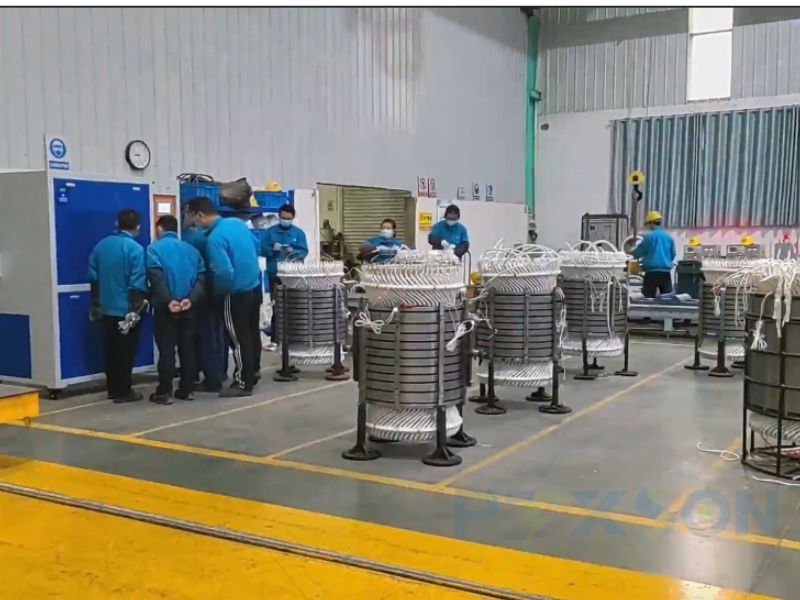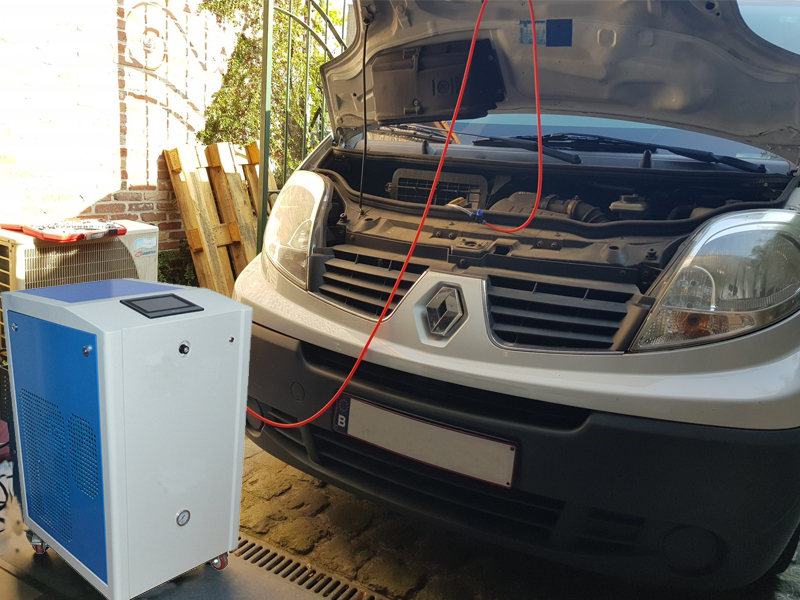While manufacturers go in search of cleaner, healthier, and more efficient auto body repair, metal cutting and trimming equipment, oxy hydrogen generators, or HHO generators, or oxygen hydrogen generators have been the trendy products. From delicate metal trimming and welding to high tech engine decarbonizing engines with an HHO carbon cleaner, multi-purpose units that include the feature provide a cleaner burning option to conventional fueling.
This guide will present oxy hydrogen systems by a step-by-step guide to the processes and how they should be used properly for welding, cutting, and cleaning engines and provide safety measures, installation, and use.
An oxy hydrogen generator produces a flammable oxygen-hydrogen gas compound (often called HHO gas or Brown’s Gas) from water using the electrolysis process. When the gas is ignited, it burns at extremely high temperatures (over 2500°C) with little soot or residue, perfectly designed for precision welding, cutting metal, and carbon cleaning procedures.
In contrast to acetylene or propane that burn toxic fumes, oxygen hydrogen generators yield a greener, cleaner alternative with electricity and water.
An oxyhydrogen torch weld is used for low oxidation and small work including jewelry repairing, welding copper to copper, and welding micro-electronics. Environmental oxyhydrogen flame can be used to heat a thin section with less warping effect and coloration.
Oxy hydrogen welding tips:

HHO welding is cleaner, neater, and reduces post-weld contamination than conventional processes like oxy-acetylene welding.
The high flame of an oxy hydrogen generator makes it ideal for cutting most metals, such as stainless steel, aluminum, and mild steel. The process is widely applied in light fabrication shops, repair shops, and car dismantling yards.
The main benefits are:
The HHO flame severs effectively when used with a high-pressure nozzle and preheating. Operators should make sure that the generator is able to supply enough volume of gas for the material thickness that is to be cut.
The most innovative use of oxy hydrogen technology is carbon cleaning engines. Carbon deposit builds up in internal combustion engines over time, which kills performance, fuel economy, and emits carcinogenic smoke. Portable HHO carbon cleaner employs HHO gas to clean the carbon deposit in the combustion chamber of an engine safely and efficiently without even taking it apart.

Here’s how it goes:
These are all of the most used to car service garages, car detailing shops, and even mobile repair shops. It’s quick, non-surgical, and environmentally friendly.
No matter if welding, cutting, or decarbonizing an engine, oxy hydrogen generators possess numerous benefits:
Environmentally friendly: No CO₂, NOx, or noxious fumes on burning.
Economical: Water and electricity only—no fuel gas storage.
Flexible: Suitable for metalworking, automotive repair, and other applications.
Space-saving: Portable equipment suitable for mobile workshops and industries.
Safe: Lower explosion risk than compressed gas cylinders.
Safety wherever it is possible should be the initial consideration in the operation of an oxygen hydrogen generator. Ventilation, grounding, and flame arrestors are required. Protective glasses and fire-resistant gloves should be worn by operators. More importantly, manufacturer’s guidelines should be adhered to strictly regarding the delivery of gases, water supply pressures, and main hookups.
All of the advanced generators have digital controls, auto-refill of water, and overpressure alarms such that the usage becomes convenient and safe.
With rising green power demand and usage, the field of manufacturing and motor vehicle technology is now dominated by oxy hydrogen generators and carbon HHO cleaners. Slim metal part welding, metal plate cutting, and valve cleaning using the generators leaves little room to compare the services for the tough times ahead and meets the specifications required of modern garages and servicing operators.
Creating the right model—portable or industrial—can transform your operation, reduce your carbon footprint, and deliver productivity through clean, on-demand gas technology.